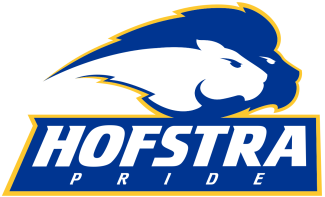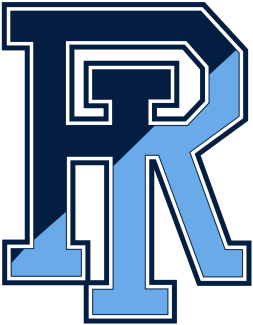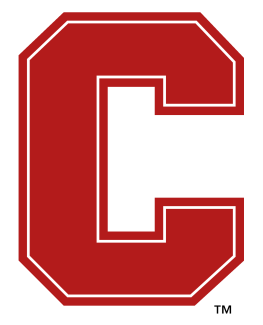We used some “handicap-accessible” rules in Lake Placid, and I would like to review a couple and suggest some additional adjustments for senior play.
We used World Lacrosse’s Olympic trial field size, which is approximately 80-by-40 yards. The field size may work, but the 6v6 international game may be too few players for that space, and our 10v10 was too many. It was just too crowded in the half-field, and some additional space would sharpen the play. I would suggest that we eliminate an attackman and a defenseman and play 8v8.
I would also like to see us limit the faceoff to only the start of each period, and don’t feel strongly whether the play should be restarted behind the goal (that was scored on) or at the midline. We play only 10 to 12-minute quarters, and each faceoff takes up too much game time.
At every level of lacrosse, the faceoff is when our game most resembles baseball — a couple of guys intimately involved in the play and everyone else just standing around. (Let me throw in my two cents for the college game: Make the clamp illegal. You have to quick rake the ball out.)
Finally, with the smaller field, I would suggest we cap the senior rosters at 16 to 18 players per team. Both the Splitters and the Legends (my team) had more than 20 players dressed and, if we reduce the number on the field, we would give everyone a chance to play more. If each team declares an 18-man roster, I will be happy to organize an overflow team and/or one that accommodates strays.
Forget Ken Cuccinelli. Give me your poor, your tired, your huddled masses.
As long as you also give me a goalie.
Dom Starsia, a National Lacrosse Hall of Famer, is one of the winningest coaches in NCAA history and one of six head coaches for the inaugural season of the Premier Lacrosse League (@DomStarsiaPLL). He was a two-time All-American defenseman at Brown and played for the U.S. team in 1978.


























































